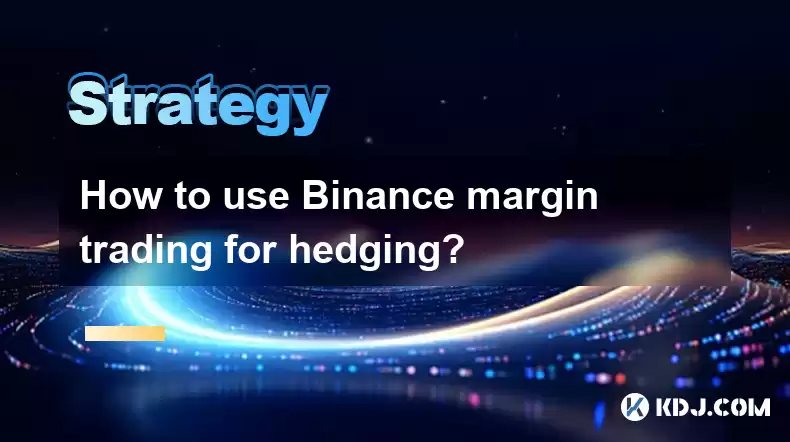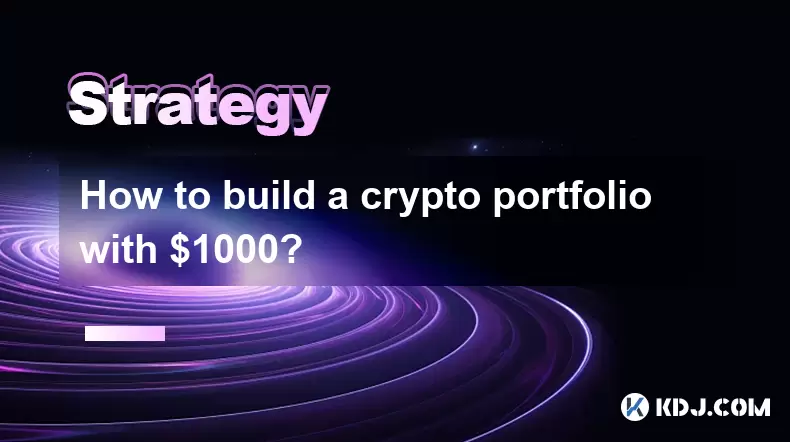-
 Bitcoin
Bitcoin $117600
2.11% -
 Ethereum
Ethereum $3907
6.13% -
 XRP
XRP $3.288
9.68% -
 Tether USDt
Tether USDt $1.000
-0.01% -
 BNB
BNB $784.8
2.00% -
 Solana
Solana $174.3
3.60% -
 USDC
USDC $0.9997
-0.03% -
 Dogecoin
Dogecoin $0.2220
8.04% -
 TRON
TRON $0.3379
0.01% -
 Cardano
Cardano $0.7829
5.46% -
 Stellar
Stellar $0.4348
8.84% -
 Hyperliquid
Hyperliquid $40.50
6.38% -
 Sui
Sui $3.757
7.22% -
 Chainlink
Chainlink $18.41
10.06% -
 Bitcoin Cash
Bitcoin Cash $581.6
1.91% -
 Hedera
Hedera $0.2586
5.37% -
 Avalanche
Avalanche $23.30
4.67% -
 Ethena USDe
Ethena USDe $1.001
0.01% -
 Litecoin
Litecoin $122.0
2.62% -
 UNUS SED LEO
UNUS SED LEO $8.972
-0.23% -
 Toncoin
Toncoin $3.338
1.14% -
 Shiba Inu
Shiba Inu $0.00001282
3.76% -
 Uniswap
Uniswap $10.38
6.88% -
 Polkadot
Polkadot $3.852
4.63% -
 Dai
Dai $1.000
0.02% -
 Bitget Token
Bitget Token $4.463
2.29% -
 Monero
Monero $263.6
-7.22% -
 Cronos
Cronos $0.1496
4.78% -
 Pepe
Pepe $0.00001106
4.91% -
 Aave
Aave $284.3
8.09%
How to use Binance margin trading for hedging?
Use Binance margin trading to hedge crypto investments by borrowing funds, opening short positions, and managing risks with stop-loss orders and margin level monitoring.
Apr 06, 2025 at 04:43 pm

How to Use Binance Margin Trading for Hedging?
Hedging is a strategy used by traders to reduce risk in their investments. In the world of cryptocurrencies, Binance offers a robust platform for margin trading that can be effectively used for hedging purposes. This article will guide you through the process of using Binance margin trading for hedging, detailing each step and explaining the necessary considerations.
Understanding Margin Trading on Binance
Before diving into hedging, it's crucial to understand what margin trading on Binance entails. Margin trading allows you to borrow funds to increase your trading position, potentially amplifying both gains and losses. Binance offers both cross margin and isolated margin trading modes. Cross margin uses your entire account balance as collateral, while isolated margin allows you to allocate a specific amount of funds to a single position.
To start margin trading on Binance, you need to:
- Enable Margin Trading: Navigate to the Binance website, go to the "Wallets" section, and select "Margin". Click on "Enable" to activate margin trading.
- Transfer Funds: Move funds from your spot wallet to your margin wallet. This can be done by selecting "Transfer" in the margin wallet section.
- Choose Your Trading Pair: Select the cryptocurrency pair you wish to trade on the margin trading interface.
Setting Up a Hedging Strategy
Hedging involves taking a position in a related asset to offset potential losses in your primary investment. On Binance, you can hedge your spot positions using margin trading. Here's how to set up a basic hedging strategy:
- Identify the Asset to Hedge: Suppose you hold a significant amount of Bitcoin (BTC) and want to hedge against potential price drops.
- Select the Hedging Instrument: You decide to use Bitcoin futures contracts on Binance. These contracts allow you to take a short position on BTC, which will profit if the price of BTC falls.
- Open a Short Position: Navigate to the futures trading section on Binance, select the BTC futures contract, and open a short position. The size of this position should be calculated based on the amount of BTC you want to hedge.
Executing the Hedge on Binance Margin
To execute the hedge using Binance margin trading, follow these steps:
- Borrow Funds: In the margin trading section, select the asset you want to borrow (e.g., USDT) and the amount needed to open your short position.
- Open the Short Position: Use the borrowed funds to open a short position on the BTC futures contract. Ensure that the size of the short position matches the value of your BTC holdings you wish to hedge.
- Monitor and Adjust: Keep an eye on the market movements and adjust your hedge as necessary. If the price of BTC moves significantly, you may need to rebalance your hedge to maintain its effectiveness.
Managing Risk and Margin Calls
Effective hedging requires careful risk management. On Binance, you need to be aware of margin calls, which occur when the value of your collateral falls below a certain threshold. To manage this risk:
- Set Stop-Loss Orders: Use stop-loss orders to automatically close your positions if the market moves against you. This can help prevent significant losses.
- Monitor Your Margin Level: Regularly check your margin level to ensure it remains above the maintenance margin requirement. If it falls too low, you may receive a margin call, requiring you to deposit more funds or close positions.
- Diversify Your Hedge: Consider using multiple hedging instruments or strategies to spread your risk. For example, you could use both futures contracts and options to hedge your BTC position.
Closing Your Hedge
When you decide to close your hedge, follow these steps:
- Close the Short Position: Navigate to the futures trading section and close your short position on the BTC futures contract. This will return the borrowed funds to your margin account.
- Repay the Borrowed Funds: Go to the margin wallet section and repay the borrowed USDT. Ensure you have enough funds in your margin wallet to cover the repayment.
- Transfer Funds Back: Once the borrowed funds are repaid, you can transfer any remaining funds back to your spot wallet.
Monitoring and Adjusting Your Hedge
Hedging is not a set-and-forget strategy. You need to continuously monitor and adjust your hedge to ensure it remains effective. Here are some tips for ongoing management:
- Regularly Review Market Conditions: Keep an eye on market news and trends that could affect the price of BTC. Adjust your hedge accordingly to maintain its effectiveness.
- Reassess Your Risk Tolerance: As market conditions change, your risk tolerance may also change. Reassess your risk tolerance and adjust your hedge size and strategy as needed.
- Use Advanced Tools: Binance offers various tools and indicators that can help you monitor and adjust your hedge. Utilize these tools to make informed decisions.
Frequently Asked Questions
Q: Can I use margin trading to hedge against multiple cryptocurrencies simultaneously?
A: Yes, you can use margin trading to hedge against multiple cryptocurrencies. However, you need to manage each hedge separately and ensure you have enough collateral to cover all positions. It's important to carefully calculate the size of each hedge to avoid over-leveraging.
Q: What are the fees associated with margin trading on Binance?
A: Binance charges various fees for margin trading, including borrowing fees, trading fees, and funding fees for futures contracts. The exact fees depend on the asset and the trading pair. It's important to review the fee structure on the Binance website before engaging in margin trading.
Q: How can I avoid liquidation when using margin trading for hedging?
A: To avoid liquidation, you should maintain a healthy margin level by monitoring your positions and adding more collateral if necessary. Setting stop-loss orders and regularly reviewing your risk exposure can also help prevent liquidation.
Q: Is it possible to hedge long-term positions using Binance margin trading?
A: Yes, you can use Binance margin trading to hedge long-term positions. However, you need to be aware of the costs associated with holding positions over an extended period, such as borrowing fees and funding fees. Regularly reassess your hedge to ensure it remains cost-effective.
Disclaimer:info@kdj.com
The information provided is not trading advice. kdj.com does not assume any responsibility for any investments made based on the information provided in this article. Cryptocurrencies are highly volatile and it is highly recommended that you invest with caution after thorough research!
If you believe that the content used on this website infringes your copyright, please contact us immediately (info@kdj.com) and we will delete it promptly.
- EigenLayer, Restaking, and Ethereum: Navigating the Hype and the Hazards
- 2025-08-08 06:30:12
- Super Bowl 59: Jon Batiste to Jazz Up the National Anthem
- 2025-08-08 06:30:12
- Cold Wallet Crypto in 2025: The Future is Now, Ya'll
- 2025-08-08 05:10:13
- MAGACOIN, SOL, and ADA: A Tale of Shifting Tides in Crypto
- 2025-08-08 05:10:13
- SHIB Price, PEPE, and the Memecoin Supercycle: Who Will Reign Supreme?
- 2025-08-08 05:50:12
- Pudgy Penguins Price Prediction: Google Trends & Breakout Signals
- 2025-08-08 05:50:12
Related knowledge

How to avoid common crypto investment mistakes?
Jul 13,2025 at 01:35am
Understanding the Risks of Crypto InvestmentInvesting in cryptocurrency can be highly rewarding, but it also comes with significant risks. One of the ...

What is a long-short crypto strategy?
Jul 15,2025 at 10:56am
Understanding the Basics of a Long-Short Crypto StrategyA long-short crypto strategy is an investment approach where traders simultaneously take long ...

What is a long-short crypto strategy?
Jul 11,2025 at 01:28pm
Understanding the Basics of Long-Short Crypto StrategyA long-short crypto strategy is an investment approach where traders take both long and short po...

How to use the RSI indicator for crypto?
Jul 12,2025 at 03:56pm
Understanding the RSI Indicator in Cryptocurrency TradingThe Relative Strength Index (RSI) is a momentum oscillator used to measure the speed and chan...

Is copy trading a good strategy for crypto beginners?
Jul 12,2025 at 08:28am
Understanding Copy Trading in the Cryptocurrency MarketCopy trading is a strategy where novice traders replicate the trades of experienced investors a...

How to build a crypto portfolio with $1000?
Jul 13,2025 at 08:14pm
Understanding the Basics of Cryptocurrency InvestmentBuilding a crypto portfolio with $1000 starts with understanding the fundamentals of cryptocurren...

How to avoid common crypto investment mistakes?
Jul 13,2025 at 01:35am
Understanding the Risks of Crypto InvestmentInvesting in cryptocurrency can be highly rewarding, but it also comes with significant risks. One of the ...

What is a long-short crypto strategy?
Jul 15,2025 at 10:56am
Understanding the Basics of a Long-Short Crypto StrategyA long-short crypto strategy is an investment approach where traders simultaneously take long ...

What is a long-short crypto strategy?
Jul 11,2025 at 01:28pm
Understanding the Basics of Long-Short Crypto StrategyA long-short crypto strategy is an investment approach where traders take both long and short po...

How to use the RSI indicator for crypto?
Jul 12,2025 at 03:56pm
Understanding the RSI Indicator in Cryptocurrency TradingThe Relative Strength Index (RSI) is a momentum oscillator used to measure the speed and chan...

Is copy trading a good strategy for crypto beginners?
Jul 12,2025 at 08:28am
Understanding Copy Trading in the Cryptocurrency MarketCopy trading is a strategy where novice traders replicate the trades of experienced investors a...

How to build a crypto portfolio with $1000?
Jul 13,2025 at 08:14pm
Understanding the Basics of Cryptocurrency InvestmentBuilding a crypto portfolio with $1000 starts with understanding the fundamentals of cryptocurren...
See all articles

























































































